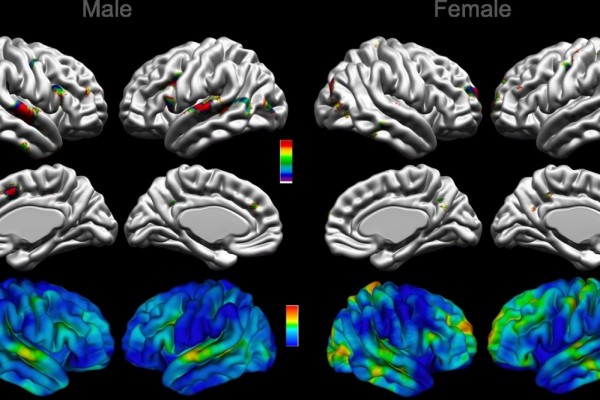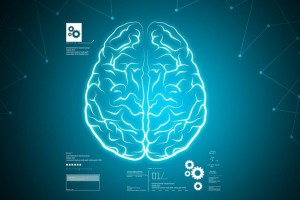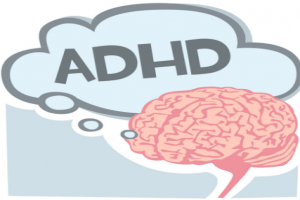A step toward better understanding brain anatomy of autism spectrum disorder
Individuals with autism spectrum disorder (ASD) are often lumped into a single catch-all group, despite significant differences in symptom profile and severity.
Individuals with autism spectrum disorder (ASD) are often lumped into a single catch-all group, despite significant differences in symptom profile and severity. Further muddying the waters when trying to understand and treat ASD, many previous studies show significant variability in findings.
A new study, led by researchers at McGill University's Faculty of Medicine and the Douglas Mental Health University Institute, set out to settle some of the discrepancies related to brain anatomy and ASD, employing a large dataset to obtain their findings. Their results were published recently in the journal Molecular Psychiatry.
"The most important findings in our study pertain to the differences we observed relative to sources of heterogeneity," says Dr. Mallar Chakravarty, "For example, there are long-standing theories that girls with ASD need to experience a higher risk load before showing symptoms. Our data suggests that there is a larger and thicker cortex in most of the ASD group, but also that this cortex is even thicker in girls and more associated with symptom severity in girls."
You may read continue reading here.





Related Posts